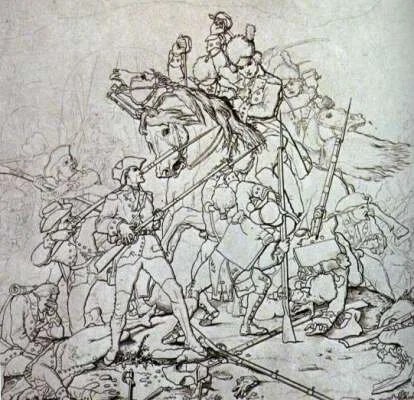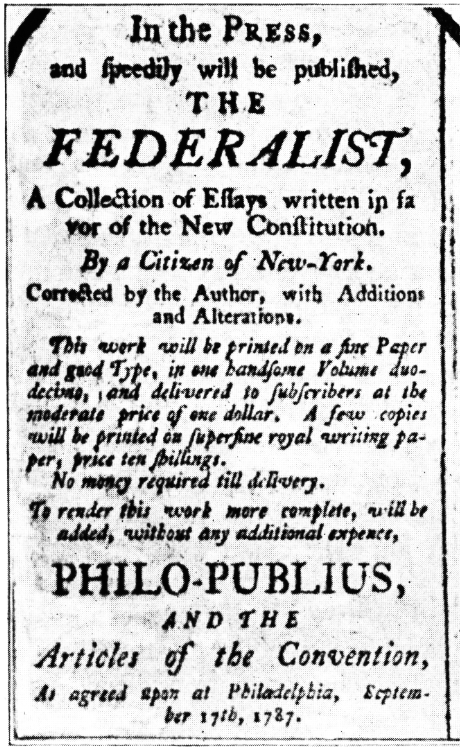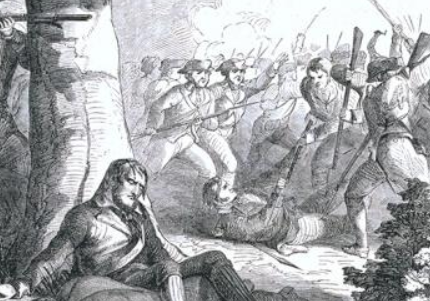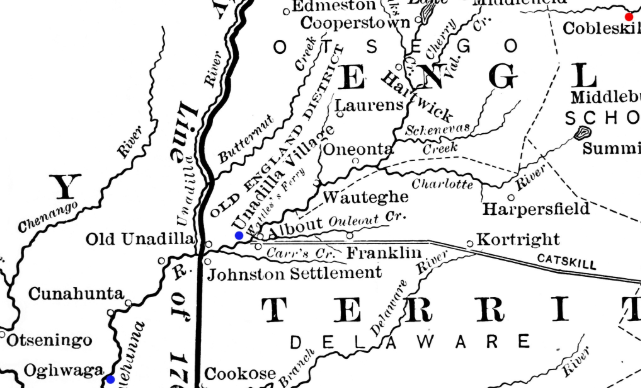Abraham Buford and the Waxhaw Massacre
Abraham Buford was a Colonel in the Continental Army who was in command when the Patriots suffered from the Waxhaw Massacre.
Abraham Buford
When the Revolutionary War broke out, A 28-year-old Virginian named Abraham Buford joined the cause.
By May of 1780, Buford had risen to the rank of Colonel in the Continental Army and begun campaigning in the Southern Department.
When his men arrived too late to participate in the Siege of Charleston, Abraham was sent back north.
This is when he became a main player in the Waxhaw Massacre.
Confrontation
The British were attempting to clean up the revolutionaries who still existed in the south and send Banastre Tarleton out to suppress Buford (among others).
While travelling through the Waxhaw Region of North Carolina, a British messenger caught up with Abraham and offered him the opportunity to surrender.
Even though Tarleton exaggerated the number of soldiers he had, Buford refused to accept. Shortly thereafter, Tarleton caught up and the Battle of Waxhaws began.
The Waxhaw Massacre
Buford formed his men into a line but the first British charge broke through.
From here, accounts differ based on who you asked.
American witnesses claim that Buford sent out a white flag of surrender to Tarleton, but the Redcoats did not have anyone that substantiated this claim.
Tarleton, for his part, happened to have his horse shot out from under him on the first volley and was not afforded the opportunity to accept the surrender.
Furthermore, most of the British thought their commander had been killed and began seeking vengeance against their enemy.
Tarleton’s Quarter
The result of this engagement was an absolute slaughter that became known as the Waxhaw Massacre.
The stories that passed throughout the South led to the common phrase ‘Tarleton’s Quarter’ or, essentially, that the British were inhumane and merciless.
Truthfully, many sound defeats of this nature occurred during the Revolutionary War when one site quickly got the upper hand but sometimes a tale can be larger than life.
In the end, Buford’s defeat became an important recruiting tool during the last year of the war. ‘Tarleton’s Quarter’ put enough fear into the minds of southerners that many joined the fight.
Here are some other MASSACRES of the Revolutionary War:
William Ledyard and the Fort Griswold Massacre
Abraham Buford does not have biography, but Banastre Tarleton does.
‘Bloody Ban’ discusses this interesting soldiers life and covers the events of the Waxhaw Massacre.
If you’d like a copy you can get one through the Amazon affiliate link below (you’ll support this site, but don’t worry, Amazon pays me while your price stays the same).
Want to get fun American Revolution articles straight to your inbox every morning?
Subscribe to my email list here.
You can also support this site on Patreon by clicking here.
Thanks for your support!






